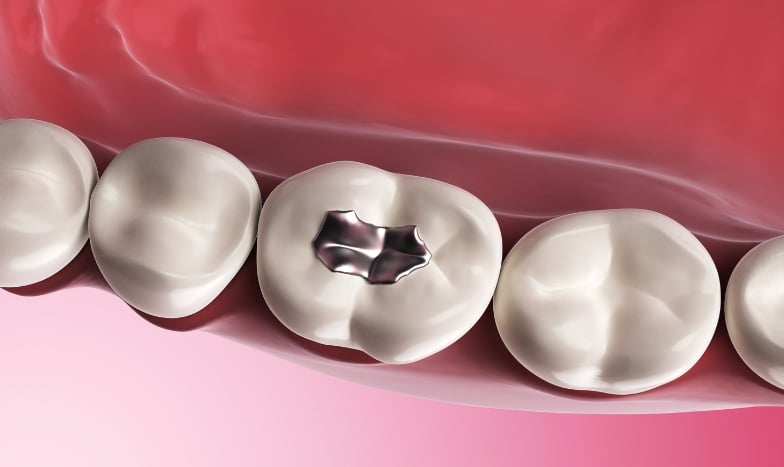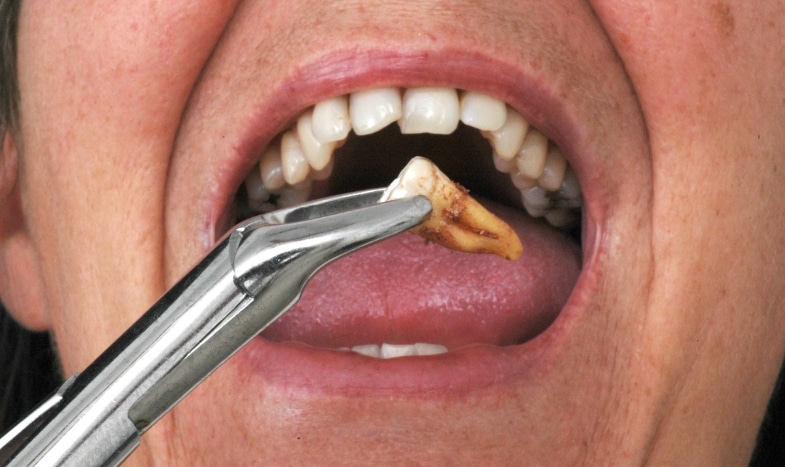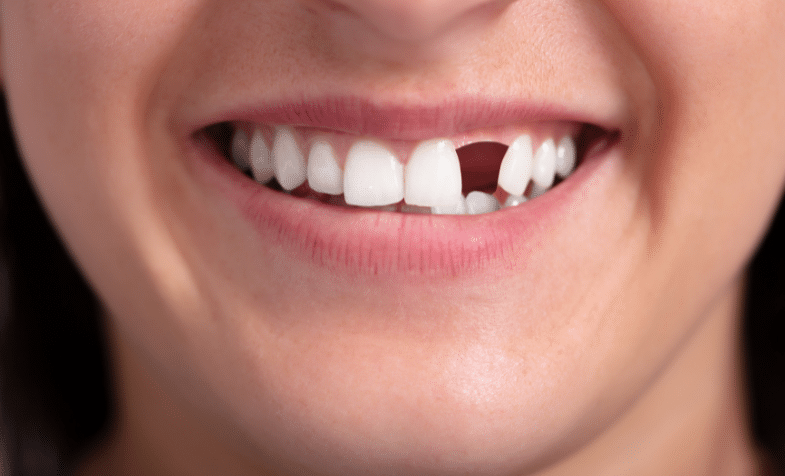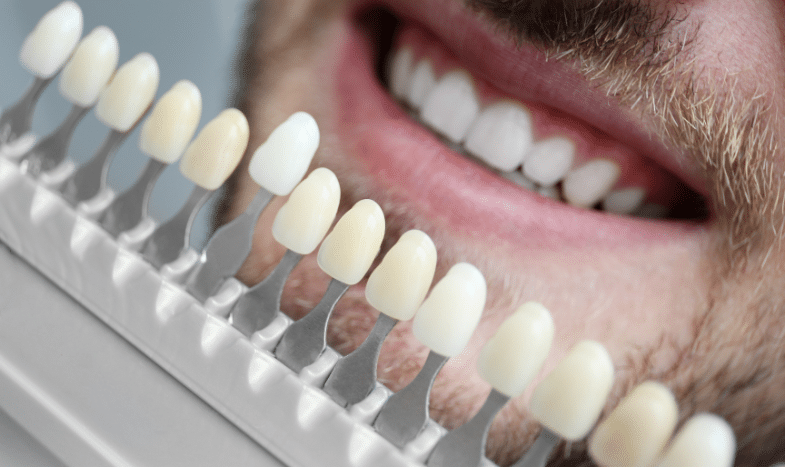
Why Composite Fillings Are A Top Choice
Because of the cosmetic appeal and practical advantages of composite fillings, they are becoming more and more common in contemporary dentistry. Composite fillings, in contrast to typical metal fillings, are composed of a tooth-colored resin substance that looks just like natural teeth. This article examines the benefits of composite fillings and the reasons why dental restorations frequently use them.
Benefits of Composite Fillings
- Natural Appearance: One of the primary reasons patients choose composite fillings in Riverside is their ability to match the natural color of teeth. This aesthetic advantage makes them ideal for filling cavities in visible areas of the mouth, such as the front teeth.
- Versatility: Both front and back teeth can benefit from composite fillings.They are suitable for repairing chipped teeth, filling cavities, reshaping teeth, and even closing small gaps between teeth.
- Conservation of Tooth Structure: Unlike metal fillings, It is necessary to remove healthy tooth structure in order to prepare teeth for composite fillings. The long-term health of your teeth will benefit from this preservation of natural tooth structure.
- Bonding Strength: Composite fillings firmly adhere to the tooth’s surface, offering more stability and support. This bonding contributes to the tooth’s strength and lowers the possibility of fractures from metal fillings.
- Less Sensitivity: Composite materials are less conductive of temperature changes compared to metal fillings, which can lessen your sensitivity to hot and cold meals and drinks.
Composite Fillings: A Modern Approach to Dental Care
Composite fillings are a preferred choice among patients seeking both cosmetic enhancement and functional restoration. Dentists in Riverside utilize advanced techniques and high-quality composite materials to ensure optimal results. These fillings are meticulously matched to the natural shade of the patient’s teeth, providing a seamless blend that enhances the smile’s appearance.
Patients in Riverside appreciate the benefits of composite fillings for their durability and aesthetic appeal. The process typically involves:
Preparation
The dentist begins the procedure by numbing the region around the damaged tooth with local anesthetic, ensuring the patient is comfortable throughout the process. Once the area is numb, the dentist meticulously removes any decayed or damaged tooth structure using specialized dental instruments.
The dentist then shapes the cavity, making sure it is properly contoured and free of debris. This careful preparation not only ensures the effective removal of decay but also optimizes the surface for the bonding process, promoting a strong and durable connection between the tooth and the composite material.
Placement
Once the tooth is prepared, the dentist begins the meticulous process of applying the composite resin. The resin is placed in the cavity in small, incremental layers rather than all at once. Each layer is carefully applied and then formed to adhere to the tooth’s inherent shapes. A specialized curing light is utilized in between each layer to solidify the resin.
This layering technique not only strengthens the filling but also allows the dentist to achieve a precise and accurate fit. The composite material is chosen to match the color of the patient’s natural teeth, ensuring an aesthetically pleasing result that blends in seamlessly with the surrounding tooth structure. This attention to detail in the placement process helps ensure that the filling is durable, functional, and virtually indistinguishable from the rest of the tooth.
Curing
A special light is used to harden each layer of composite material, ensuring it bonds securely to the tooth. This curing light emits a specific wavelength that activates the photoinitiators in the composite resin, causing it to rapidly harden and set. The curing process is essential for ensuring that each layer bonds securely to the tooth and to the layers beneath it. This step is repeated for each incremental layer of resin, ensuring a strong and durable filling.
The curing light is carefully positioned and moved around the tooth to ensure that the composite material is evenly hardened throughout, eliminating any potential weak spots. Proper curing not only enhances the strength and longevity of the filling but also helps to minimize shrinkage and reduce the risk of gaps or voids forming between the filling and the tooth. This meticulous curing process ensures that the composite filling achieves optimal hardness and stability, providing a long-lasting restoration that can withstand the forces of chewing and biting.
Final Polishing
Once the filling is cured, the dentist will polish it to achieve a smooth finish that blends naturally with the surrounding tooth enamel. A smooth finish is crucial for a comfortable bite and preventing any rough edges that could irritate the tongue or gums.
The polished surface helps reduce the likelihood of plaque accumulation and staining, contributing to better long-term oral health. The dentist will carefully check the bite alignment and make any necessary adjustments to ensure that the filling fits perfectly with the patient’s natural bite pattern.
The Enduring Legacy of Composite Fillings
Composite fillings in Riverside have solidified their reputation as a top choice in dental care due to their exceptional durability, aesthetic appeal, and biocompatibility. Unlike traditional amalgam fillings, composite fillings blend seamlessly with the natural color of teeth, providing a more aesthetically pleasing result. Furthermore, composite fillings require less removal of healthy tooth structure than amalgam fillings, helping to preserve the integrity and strength of the tooth.
In addition, composite materials are free of mercury and other potentially harmful metals found in amalgam fillings, making them a safer alternative for patients concerned about their overall health. With their ability to withstand daily wear and tear while maintaining a natural appearance, composite fillings have become the clear choice for those seeking quality dental care that prioritizes both functionality and aesthetics.
A Natural Choice for Your Smile: Book Your Consultation!
Ultimately, many patients prefer composite dental fillings since they provide a lot of advantages over typical metal fillings. Their natural look, adaptability, and capacity to preserve tooth structure make them a great choice for both functional repair and aesthetic enhancement.
Composite fillings offer a robust and visually beautiful option, whether your goal is to improve the appearance of your smile or fix a cavity. To find out if composite fillings are the best option for your dental needs, speak with your Riverside dentist. Then, take advantage of contemporary dental care.
Most Asked Questions Today :
- Are composite fillings as strong as traditional metal fillings?
When properly cared for, composite fillings can endure for many years. Traditional metal fillings, on the other hand, may provide marginally longer longevity in certain uncommon circumstances, particularly for very large cavities. Based on the extent of the cavity and your unique requirements, your dentist will talk you through the best course of action in this particular case.
- Do composite fillings stain easily?
Even though composite fillings are usually stain-resistant, over time they may stain a little bit, particularly if you drink a lot of tea, coffee, red wine, or other foods that can stain. Discoloration can be reduced by practicing good dental hygiene and abstaining from excessive staining agents. If necessary, your dentist can also go over your alternatives for fillings that need to be polished or touched up.
- How long do composite fillings typically last?
Composite fillings can last up to ten years or longer with adequate maintenance. To guarantee that your fillings last a long time, schedule routine dental exams and cleanings. Their lifespan can also be impacted by variables such as nutrition, dental hygiene practices, and the size and location of the filling.
- Will composite fillings make my teeth more sensitive?
Composite fillings typically don’t cause significant sensitivity to hot and cold temperatures, unlike metal fillings. However, some patients might experience temporary sensitivity following the placement of a new filling. This sensitivity usually subsides within a few days. If you feel persistent or severe sensitivity, consult your dentist to determine the cause.
- What are the alternatives to composite fillings?
Traditional metal fillings (amalgam fillings) are still an option for some patients, particularly for very large cavities or teeth subjected to heavy wear and tear. However, due to their less natural appearance, composite fillings are often the preferred choice. In some cases, depending on the situation, dental crowns might be recommended for extensive tooth damage. Your dentist will discuss all available options and recommend the best course of action based on your individual needs.




